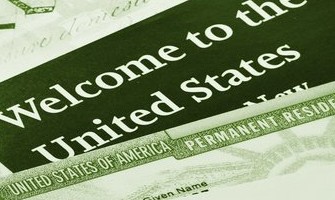Guest Post on New Executive Order Related to Immigration
Frequent Pincus Professional Education immigration speaker, Carl Shusterman of the Law Offices of Carl Shusterman, has recently published a blog clarifying President Trump’s latest executive order on Immigration. Read more here.


